Kobaien Trivia
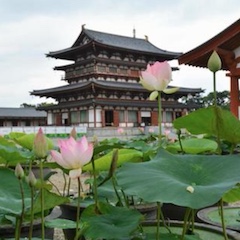
The people of Nara have always valued ink very highly. They were the first people in Japan to make ink from oil smoke.
Today, 90% of the total production of inkstick in Japan is made in Nara.
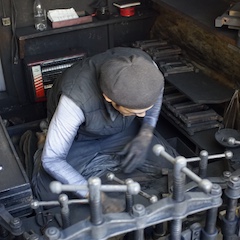
The ink production period is from October to about the end of April of the following year, to avoid the heat of summer.
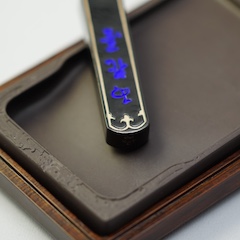
It is said that Kobaien ink is not only black, but also has elements of seven different colors of light, sometimes purplish and sometimes blue. People say a good inkstick will have no sound when ground on an inkstone, and will have a fresh fragrance.
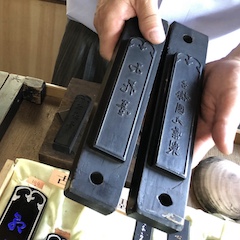
Since the Edo period (1603-1868), Kobaien has been making various kinds of ink at the request of emperors, nobles, and samurai families. The wooden molds from those days are still carefully stored in the storehouse.
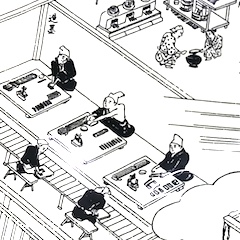
At the end of the Edo period, research on the production of ink was very advanced, and the documents and materials left behind by the fifth, sixth, and seventh generations of kobaien successors have been handed down to the present day. Kobaien continues to produce the highest quality ink using the secrets handed down from generation to generation.
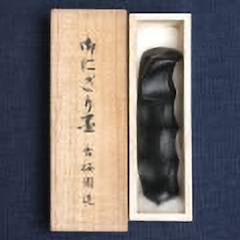
At Kobaien, you can experience making Nigirisumi for a fee during the sumi ink production period from November to the end of April of the following year. Nigirisumi is a type of ink made by grasping freshly made ink while it is still soft and warm. If you make a reservation, you can also watch the process of making the ink.
